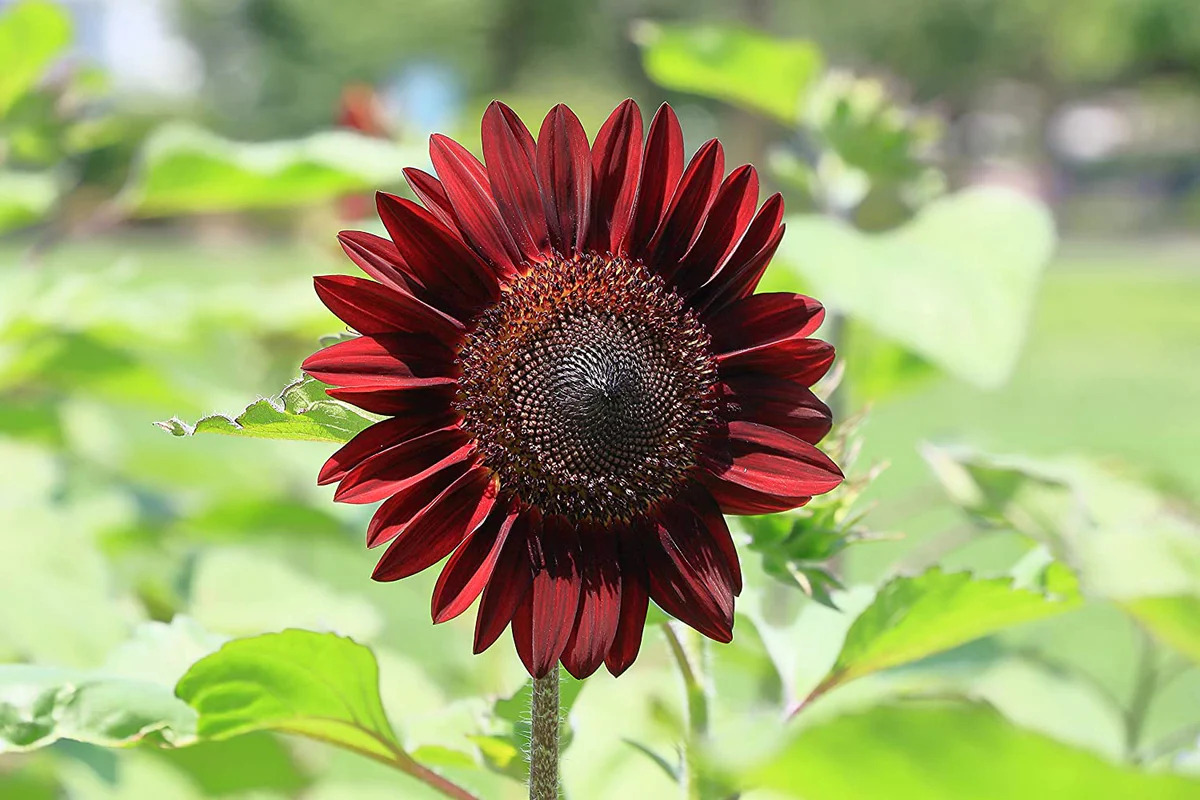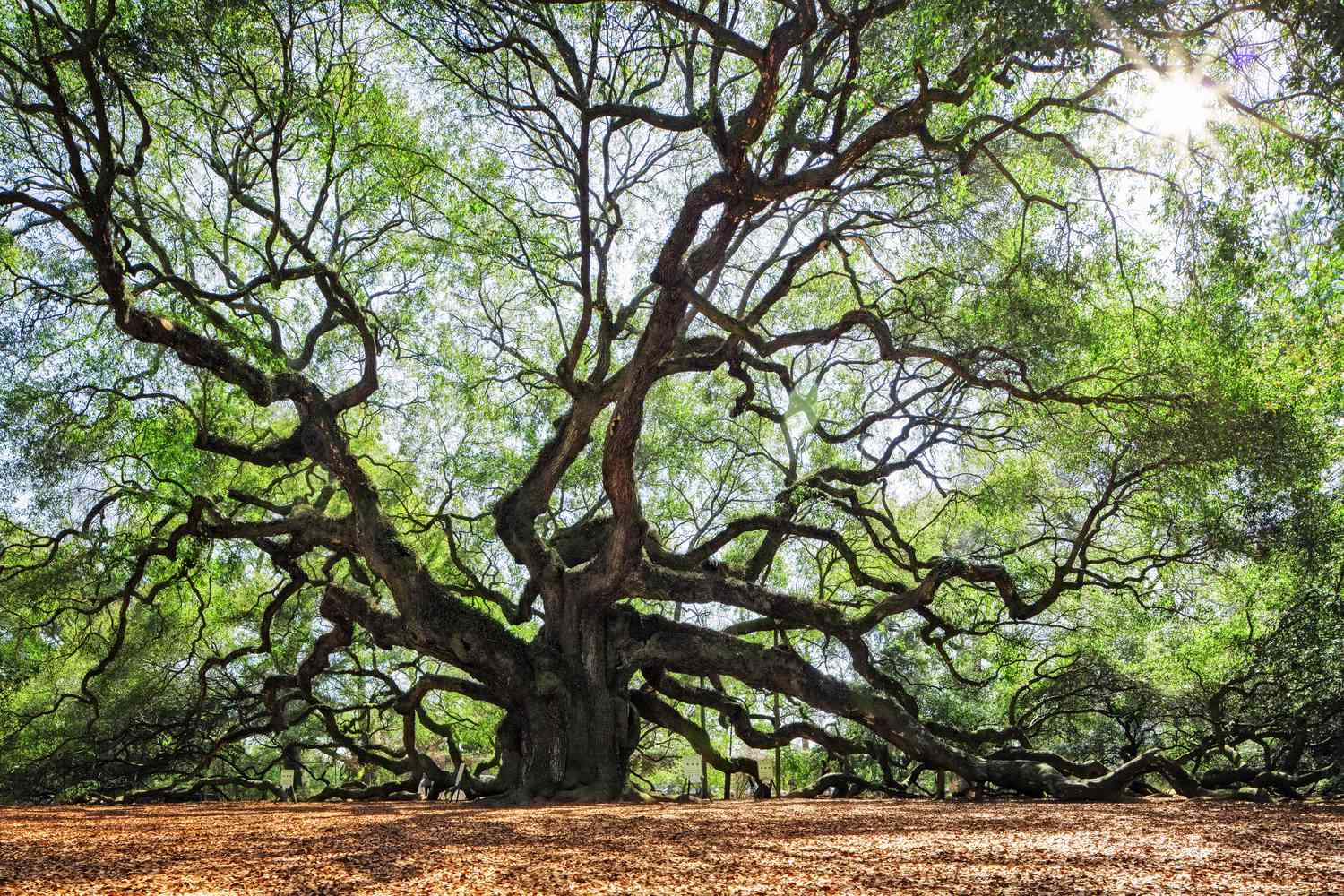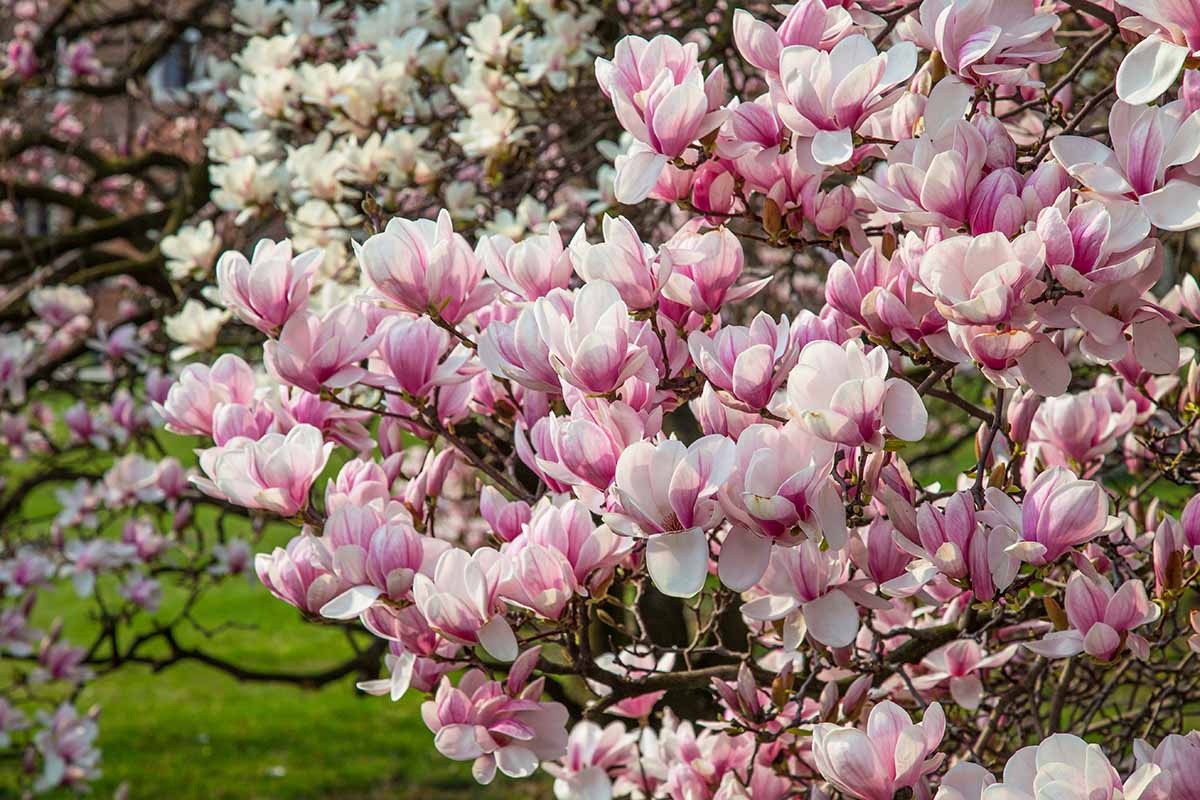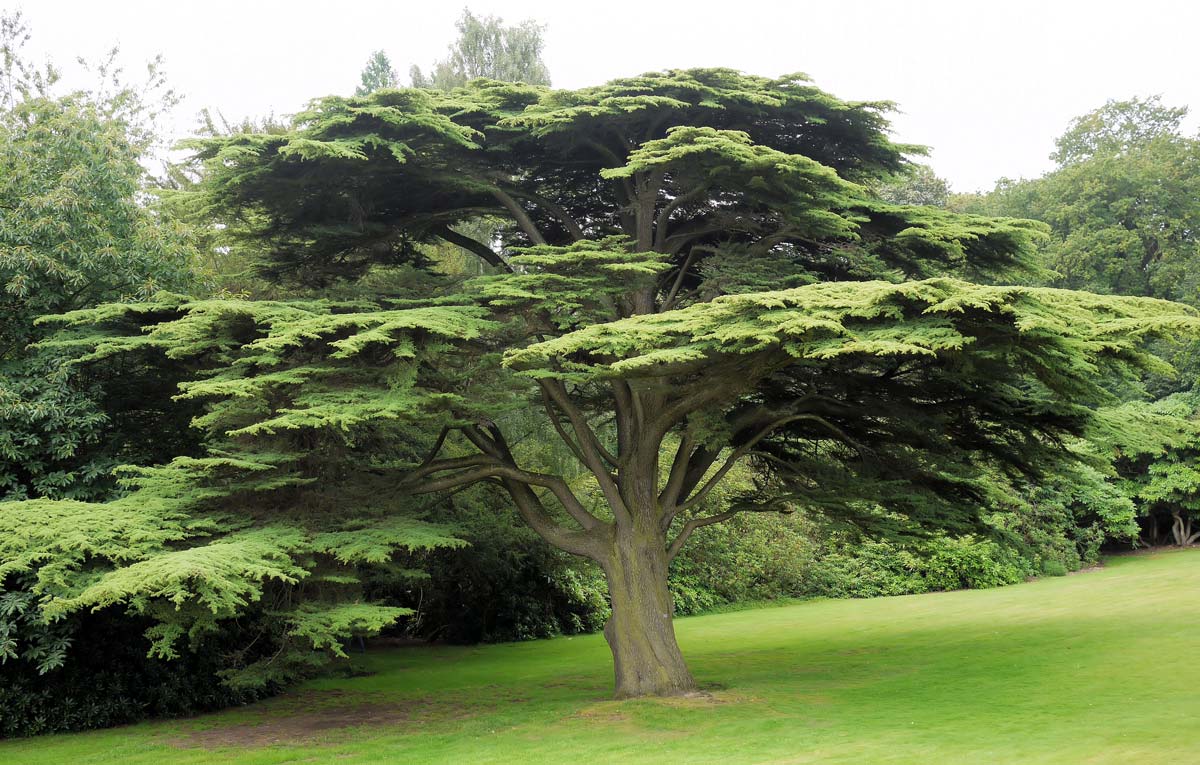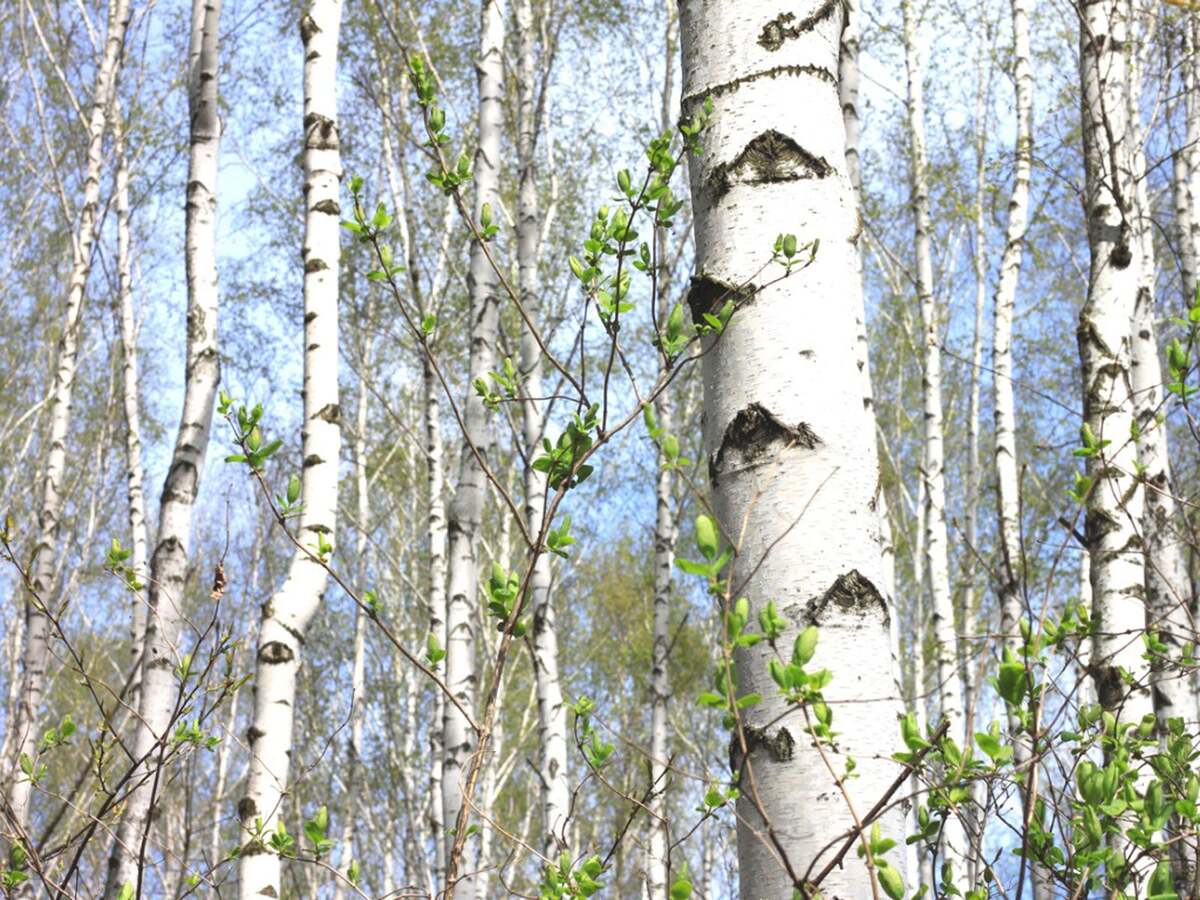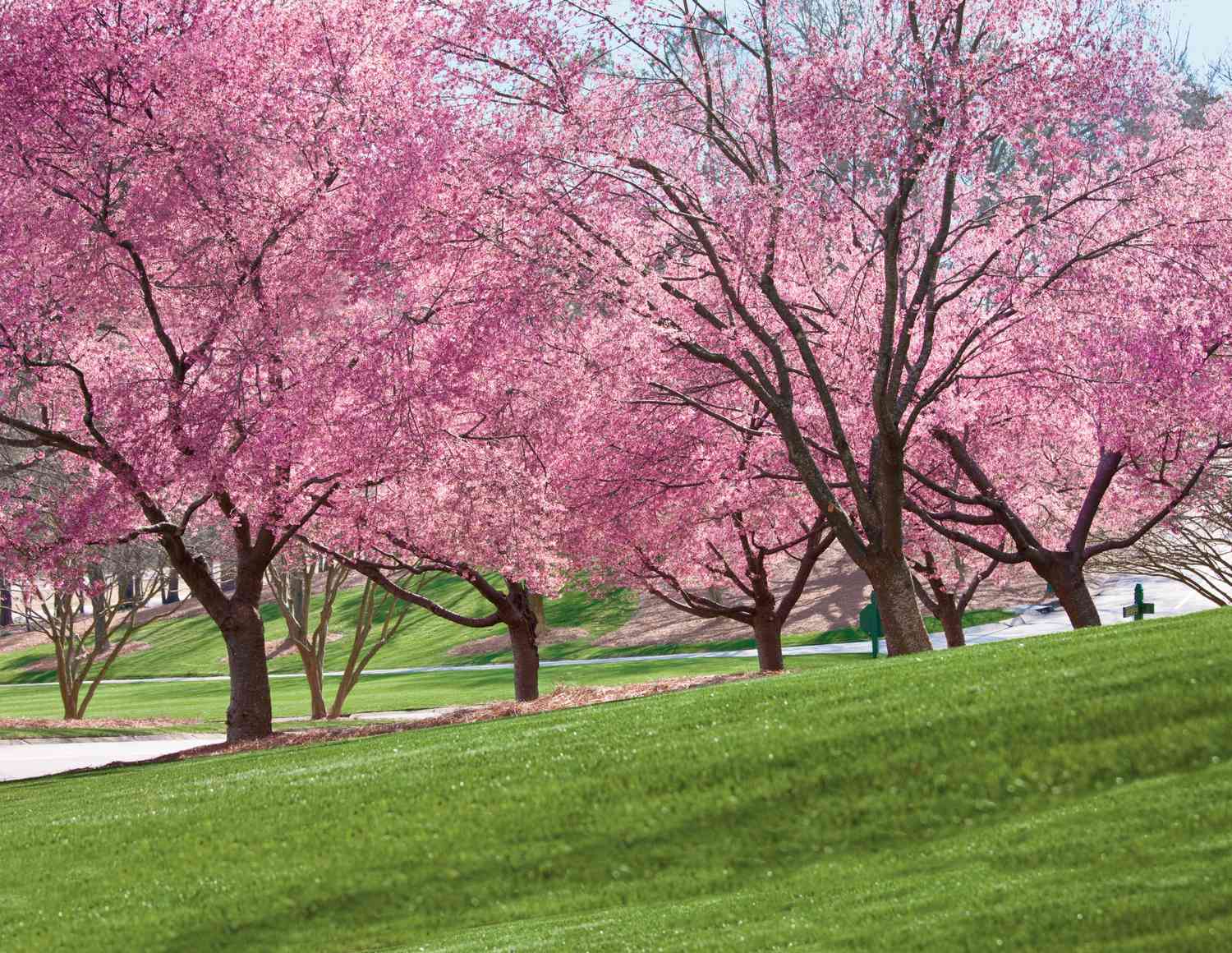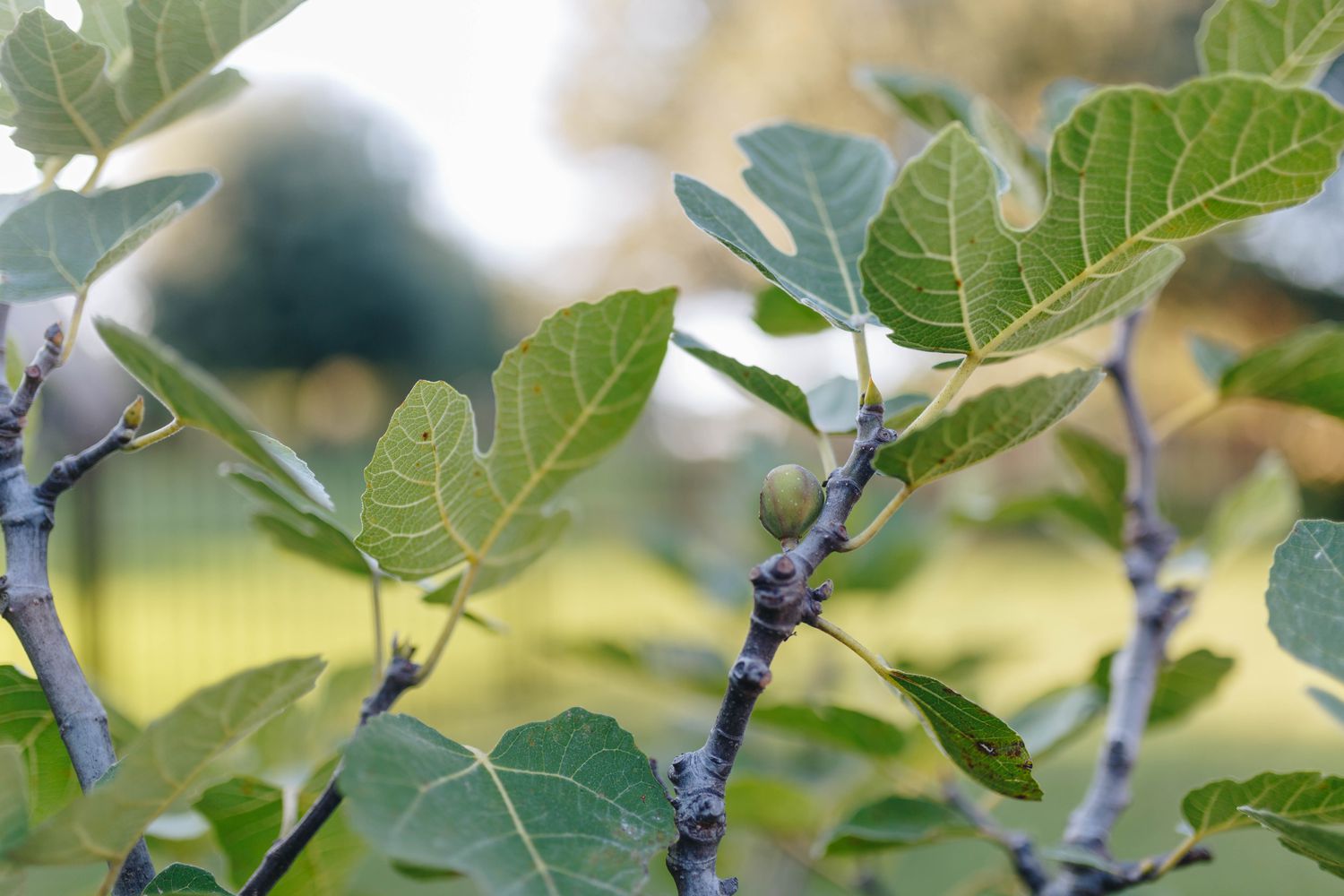Home>Gardening Techniques>Plant Care>How Tall Do Magnolia Trees Get
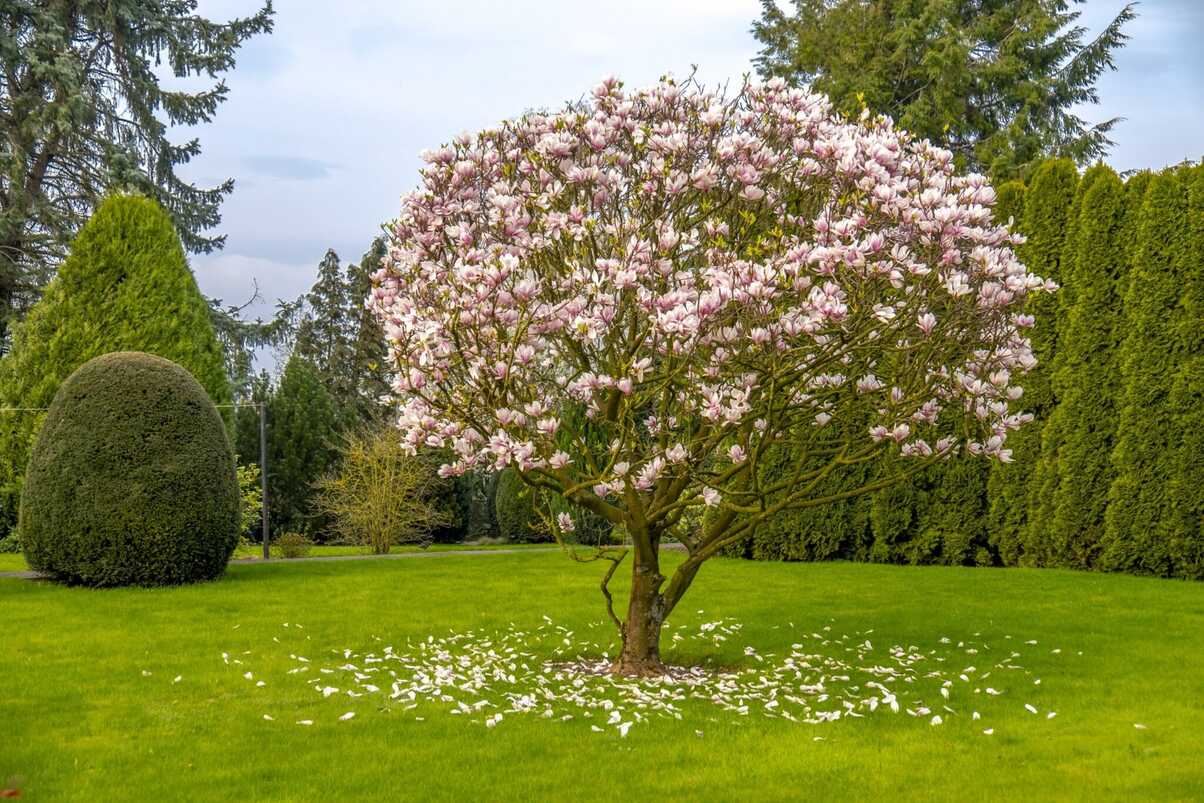

Plant Care
How Tall Do Magnolia Trees Get
Published: October 30, 2023
Learn how tall magnolia trees can grow and get tips for proper plant care to ensure your magnolia tree thrives in your garden.
(Many of the links in this article redirect to a specific reviewed product. Your purchase of these products through affiliate links helps to generate commission for Chicagolandgardening.com, at no extra cost. Learn more)
Table of Contents
Introduction
Welcome to the fascinating world of magnolia trees! Known for their striking beauty and captivating fragrance, magnolias are beloved additions to any garden or landscape. These majestic trees have been cherished for centuries for their elegant appearance and show-stopping blossoms. In this article, we will explore the enchanting world of magnolia trees and delve into their impressive heights.
From the iconic Southern Magnolia (Magnolia grandiflora) with its glossy evergreen leaves and large, fragrant white flowers, to the stunning Saucer Magnolia (Magnolia x soulangeana) with its vibrant pink and white blooms, each magnolia species brings its own unique charm and character to the botanical tapestry.
But just how tall can magnolia trees grow? The answer to this question depends on various factors, such as the specific species, growing conditions, and environmental factors. In this article, we will discuss these factors and provide helpful tips for promoting healthy growth and maintaining the ideal height for your magnolia trees.
Whether you are a seasoned gardener looking to add a touch of elegance to your landscape or a nature enthusiast with a passion for expanding your knowledge, this article aims to provide you with valuable insights into the heights that magnolia trees can reach.
Understanding Magnolia Trees
Magnolia trees belong to the genus Magnolia, which is comprised of over 200 different species. These trees are native to various regions around the world, including North America, Asia, and South America. Magnolias are known for their large, beautiful flowers, which come in a range of colors, including white, pink, purple, and yellow.
In addition to their stunning blossoms, magnolia trees are valued for their glossy, dark green leaves and attractive bark, which often features a smooth texture and a grayish-brown color. Some magnolias even produce cone-like fruits that add visual interest to the tree.
Magnolias are typically deciduous, meaning they shed their leaves in the winter months. However, there are some evergreen magnolia species, such as the Southern Magnolia, that retain their leaves year-round.
These trees are known for their relatively slow growth rate, often taking several years to reach their full height. However, once established, magnolia trees can live for several decades, providing beauty and shade for generations to come.
Magnolia trees thrive in a variety of soil types, although they prefer rich, well-draining soil. They also enjoy full sun to partial shade, depending on the species. Care should be taken to provide adequate water during dry spells, as magnolias have shallow root systems that are vulnerable to drought stress.
It’s important to note that there are different species and cultivars of magnolia trees, each with its own unique characteristics and growth habits. Some may be more suitable for smaller yards or containers, while others are better suited for larger landscapes.
By understanding the basic characteristics and growing requirements of magnolia trees, you can better appreciate and care for these magnificent additions to your garden or landscape.
Factors Affecting Height
The height to which a magnolia tree can grow is influenced by several factors that contribute to its overall growth and development. Understanding these factors can help you better manage the height of your magnolia trees and ensure their optimal health and appearance.
- Species and Cultivar: Different magnolia species and cultivars have varying growth habits and potential height ranges. Some species, such as the Southern Magnolia, can grow to towering heights of 60 to 80 feet, while others, like the Little Gem Magnolia, are more compact, reaching heights of around 20 feet. It’s essential to research and select the right magnolia species or cultivar that suits your desired height criteria.
- Growing Conditions: The environmental conditions in which magnolia trees are planted play a significant role in their growth and height. Factors such as access to sunlight, soil quality, drainage, and moisture levels can all impact the tree’s overall health and height. Magnolia trees thrive in full sun to partial shade and prefer well-draining soil. Providing optimal growing conditions can help your magnolia tree reach its maximum height potential.
- Age and Growth Rate: Magnolia trees are relatively slow growers, and their height is directly influenced by their age and growth rate. Younger magnolia trees will be shorter in stature, while older, more established trees will have reached their maximum height. It’s important to be patient and allow your magnolia tree to grow and develop naturally over time.
- Pruning and Training: Proper pruning and training techniques can also impact the height of magnolia trees. Regular pruning can help shape the tree, remove dead or diseased branches, and encourage healthy growth. However, it’s crucial to follow the correct pruning guidelines for your specific magnolia species, as improper pruning can cause damage and hinder the tree’s height potential.
- Genetic Factors: The genetic makeup of the magnolia tree itself plays a significant role in determining its height potential. Some magnolia species and cultivars naturally grow taller, while others have a more compact growth habit. The genetic traits of the tree interact with environmental factors to influence the tree’s final height.
By considering these factors and understanding their influence on magnolia tree height, you can make informed decisions regarding species selection, planting location, and maintenance practices. This will enable you to create a harmonious and visually appealing landscape that showcases the magnificence of these graceful trees.
Average Height of Magnolia Trees
Magnolia trees come in various sizes, ranging from small to large, depending on the specific species and cultivar. Understanding the average height range of different magnolia trees can help you choose the right one for your garden or landscape.
Here are some examples of the average height range for commonly encountered magnolia tree species:
- Southern Magnolia (Magnolia grandiflora): This iconic magnolia species is known for its impressive size, often reaching heights of 60 to 80 feet. However, some cultivars, such as ‘Little Gem’ and ‘Teddy Bear,’ have been bred to be more compact, typically growing to around 20 to 30 feet.
- Saucer Magnolia (Magnolia x soulangeana): Saucer magnolias are popular for their large, showy flowers. These trees typically grow to heights of 20 to 30 feet, making them suitable for smaller landscapes.
- Star Magnolia (Magnolia stellata): Star magnolias are known for their early spring blooms and compact growth habit. They typically reach heights of 10 to 15 feet, making them ideal for smaller gardens and container planting.
- Cucumber Tree (Magnolia acuminata): Cucumber trees are native to North America and can reach impressive heights of 60 to 80 feet. Their slender form and drooping leaves give them a unique appearance.
- Yellow Magnolia (Magnolia acuminata): This species, also known as the cucumber magnolia, typically grows to heights of 40 to 50 feet. It is known for its beautiful yellow flowers and smooth bark.
These are just a few examples of the average height ranges for different magnolia tree species. It’s important to note that individual trees can vary in height within these ranges due to genetic variations and environmental factors.
When selecting a magnolia tree for your garden, consider the available space, desired visual impact, and maintenance requirements. Smaller yards may benefit from compact cultivars, while larger landscapes can accommodate taller species. Consulting with a local nursery or arborist can provide valuable guidance and ensure you choose a magnolia tree that will thrive in your specific climate and growing conditions.
Remember, the average height of a magnolia tree is just one aspect to consider when creating your landscape design. Pay attention to other characteristics, such as leaf shape, flower color, and bark texture, to create a visually appealing and harmonious garden setting.
Tips for Promoting Healthy Growth
Promoting healthy growth is essential for ensuring that your magnolia trees reach their full potential in terms of height and overall vigor. Here are some tips to help you provide the optimal conditions for your magnolia tree’s growth:
- Choose the Right Location: Select a planting location that provides adequate sunlight and well-draining soil. Most magnolia trees prefer full sun to partial shade conditions. Avoid planting in areas prone to waterlogging, as this can lead to root rot and other moisture-related issues.
- Prepare the Soil: Before planting your magnolia tree, prepare the soil by incorporating organic matter, such as compost or well-rotted manure. This improves soil structure, fertility, and drainage, providing a healthy foundation for your tree’s growth.
- Water Regularly: Magnolia trees have shallow root systems that are prone to drought stress. Water your magnolia tree deeply and regularly, especially during dry spells. Aim to keep the soil consistently moist but not waterlogged.
- Apply Mulch: Apply a layer of organic mulch around the base of your magnolia tree to conserve moisture, suppress weed growth, and regulate soil temperature. Keep the mulch several inches away from the trunk to prevent moisture buildup and potential rot.
- Fertilize Appropriately: Magnolia trees typically do not require heavy fertilization. However, a slow-release, balanced fertilizer can be applied in early spring to provide essential nutrients. Follow the recommended application rates to prevent over-fertilization, which can damage the tree.
- Prune Wisely: Regular pruning can help shape your magnolia tree and remove any damaged or diseased branches. Prune in late winter or early spring before new growth appears. Avoid excessive pruning, as this can impact the tree’s overall health and height potential.
- Monitor for Pests and Diseases: Stay vigilant and monitor your magnolia tree for signs of pests, such as aphids or scale insects, and diseases, such as powdery mildew or leaf spot. Early detection allows for timely intervention and minimizes the impact on your tree’s growth and overall health.
- Protect from Extreme Weather: Magnolia trees can be sensitive to extreme weather conditions, such as strong winds, heavy snow, or frost. Provide protection, such as windbreaks or frost covers, during these periods to safeguard your magnolia tree’s delicate branches and flowers.
By following these tips, you can create an optimal environment for your magnolia tree’s healthy growth. Remember to provide consistent care, monitor for any issues, and make adjustments as needed to ensure your magnolia tree thrives and reaches its full height potential.
Pruning and Maintenance
Pruning and maintenance play crucial roles in shaping the growth of magnolia trees, maintaining their health, and ensuring optimal height development. Here are some key guidelines to follow when it comes to pruning and maintaining your magnolia tree:
- Prune during the Dormant Season: The best time to prune your magnolia tree is during the dormant season, which is typically in late winter or early spring. Pruning during this time allows the tree to heal and recover before the growing season begins.
- Remove Dead or Diseased Branches: Start by removing any dead, broken, or diseased branches. This helps maintain the overall health of the tree and prevents the spread of diseases or pests. Use clean, sharp pruning shears to make clean cuts just outside the branch collar.
- Thin Out Overcrowded Branches: Magnolia trees can develop dense canopies over time. To improve airflow and sunlight penetration, selectively thin out overcrowded branches. This allows for better light distribution, reducing the risk of foliage diseases and promoting overall tree health.
- Shape the Tree: If desired, shape your magnolia tree by selectively pruning branches to achieve a balanced and aesthetically pleasing form. However, avoid excessively trimming or “topping” the tree, as this can negatively impact its health and natural growth habit.
- Prune Cautiously: Magnolia trees tend to heal slowly, so take care not to remove too much foliage or branches at once. Pruning should be done gradually over several years to minimize stress on the tree and allow it to recover properly.
- Be Mindful of Flowering Time: Some magnolia trees, such as the Saucer Magnolia, bloom on old wood, meaning the flower buds form in the previous growing season. If you must prune these types of magnolias, do so immediately after they finish flowering to avoid removing future blooms.
- Maintain Good Hygiene: After each pruning session, clean and sanitize your pruning tools to prevent the spread of diseases between cuts. Disinfect the blades with a solution of 10% bleach or rubbing alcohol to avoid introducing pathogens to the tree.
- Regularly Monitor and Inspect: Regularly inspect your magnolia tree for signs of pests, diseases, or any other issues. Promptly address any problems to prevent them from affecting the tree’s growth or health.
Remember, proper pruning and maintenance are crucial for maintaining the health and appearance of your magnolia tree. When in doubt, consult with a professional arborist or horticulturist who can provide expert advice and guidance specific to your magnolia species and growing conditions.
Conclusion
Magnolia trees are captivating additions to any garden or landscape, renowned for their stunning beauty, fragrance, and unique foliage. Understanding the factors that influence their height and implementing proper care practices can help you cultivate healthy and thriving magnolia trees.
From the towering Southern Magnolia with its glossy leaves and fragrant flowers to the compact Saucer Magnolia that adds a pop of color to smaller landscapes, magnolia trees offer a wide range of options to suit various spaces and preferences.
By considering factors such as species and cultivars, growing conditions, and pruning techniques, you can ensure that your magnolia trees reach their optimal height potential. It’s important to choose the right location, provide adequate irrigation, prepare the soil, and monitor for pests and diseases.
Pruning and maintenance are essential for shaping the growth of magnolia trees and maintaining their health. Proper pruning techniques, such as removing dead or diseased branches and thinning out overcrowded areas, promote healthy growth and prevent the spread of diseases. Remember to prune during the dormant season and be cautious not to remove too much foliage at once.
By following these tips and guidelines, you can create the ideal conditions for your magnolia trees to thrive and reach their full height potential. Whether you are creating a serene garden retreat or a striking visual focal point, magnolia trees will add elegance and natural beauty to any outdoor space.
So, embrace the allure of magnolia trees, unleash your creativity, and watch as these magnificent trees flourish and enchant both you and your surroundings for years to come.
